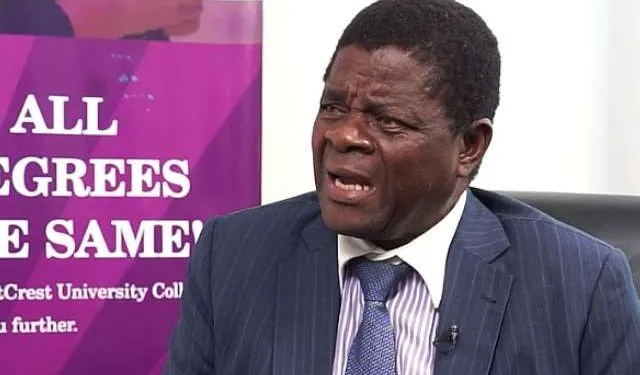Former Director of the Ghana School of Law, Kwaku Ansa-Asare, has attributed the ongoing legal uncertainty surrounding the possible suspension of Chief Justice Gertrude Torkornoo to ambiguities within Article 146 of Ghana’s Constitution.
His comments come in the wake of confirmation that Chief Justice Torkornoo has submitted her written response to President John Dramani Mahama and the Council of State, meeting the April 7, 2025 deadline set in response to petitions calling for her removal from office.
Speaking on Eyewitness News on Monday, April 7, Ansa-Asare pointed to inconsistencies in the drafting of Article 146—particularly clauses 6 to 9—as the root of the ongoing debate.
“The back and forth is because there doesn’t appear to be clarity in the wording or drafting of the various provisions in Article 146, especially from clauses 6 to 9. That is why there seems to have been a back and forth. It all comes down to exactly when the president acts to suspend the chief justice,” he stated.
According to him, although the Constitution mandates that the President consult the Council of State and appoint a committee to investigate such petitions, it fails to clearly outline the timeline for suspending the officeholder.
“Because, according to Act 146, when it comes to the removal of the chief justice, the president shall act in consultation with the council of state, appoint a committee consisting of two justices of the supreme court,” he said.
“The committee appointed under clause 6 of this article shall inquire into the petition and recommend to the president whether the chief justice ought to be removed or not. It doesn’t tell us when the president has to so act,” he added.
Ansa-Asare noted that interpretations of the provision differ, adding to the uncertainty.
“One school of thought is of the view that when the president receives the petition for the removal, then the president may automatically suspend the chief justice from office. That is not what the framers of the Constitution intended.
“The framers intended that where the petition was for the removal of the chief justice, there is a consultative process involving the president, the council of state, the incumbent chief justice, and a committee… So, it is not clear exactly when the whole thing is to begin,” he explained.
